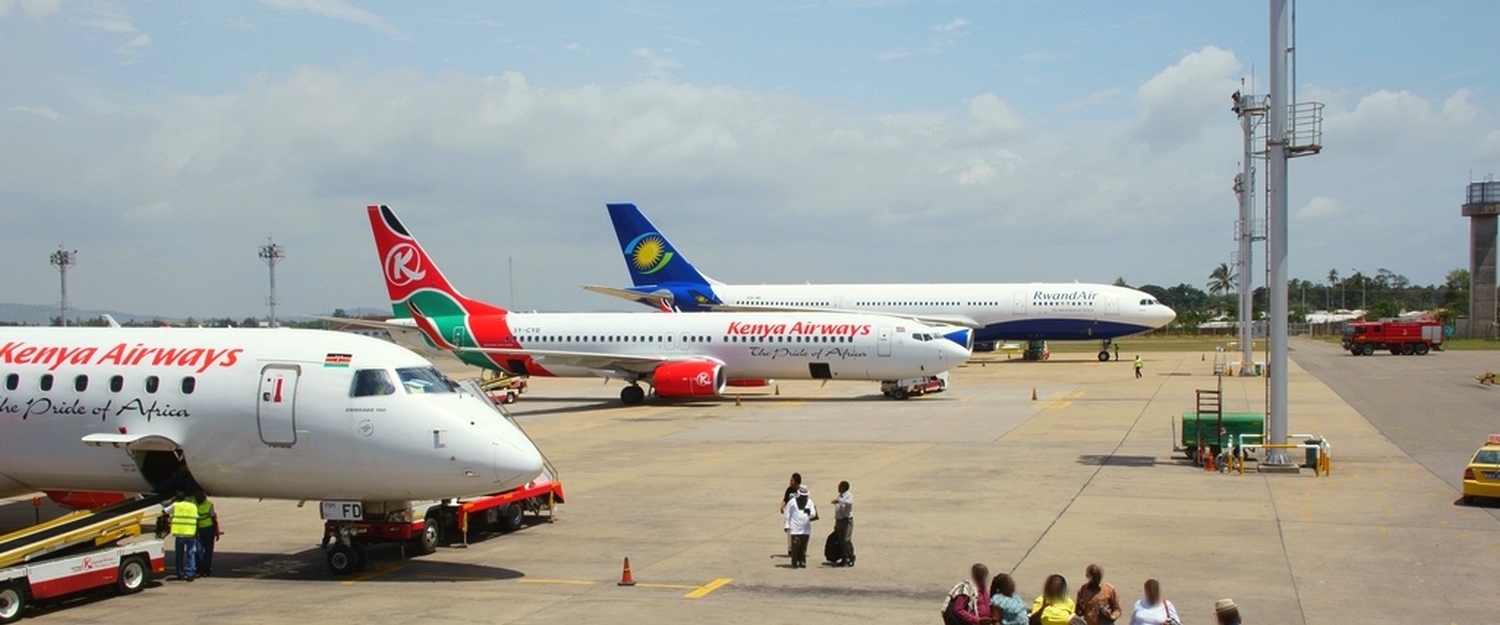Rwanda Agriculture – National Aeronautics and Space Administration DEVELOP Spring 2014
07/08/2014
The Rwandan Ministry of Agriculture released the National Rice Policy which identified rice as a priority crop and set out to attain self-sufficiency in rice production. This project was aimed at using NASA Earth observations to monitor rice and land management practices in order to help increase crop productivity.
Eric builds drones made in Rwanda, while Faith could use them to modernize agriculture in Rwanda
26/07/2014
There are no links, between the two persons, but they have a common goal, the using of Drones in Rwanda. And who knows, in the future Eric will sell drones to Faith.
Eric Rutayisire, a US educated Rwandan, just started a company in Kigali, Rwanda that design and build drones for Rwanda, and possibly for the region. He was interviewed recently by the Rwandan Television.
Bright young minds from Europe and Africa have competed in Prague as part of the European Space Solutions conference. The special Africa prize (€4000) was awarded to Faith Mwiza of Rwanda for her proposal for using drones for agricultural development, early famine warning systems and decision support systems for farmers in Africa.
The National Aeronautics and Space Administration develops several projects with Rwanda, in agriculture and energy sectors
14/04/2014
More videos NASA Rwanda : http://www.youtube.com/results?search_query=rwanda+nasa
Rwanda has ambitious development strategies such as the Economic Development and Poverty Reduction Strategy (EDPRS) and the Millennium Development Goals (MDGs). These projects are aimed at eradicating poverty and promoting economic growth. Green energy efforts in Rwanda are aiming to place renewable energies for use by the entire Rwandan population.
Several domestic and international organizations are working towards this end.The goal of this study was to use NASA Earth Observations to assist these organizations in creating products that can identify areas most suitable for wind and hydro-electric energy production and to assess the benefits of green energy resources in Rwanda.
Throughout much of the Republic of Rwanda, domestic energy use is reliant upon woody biomass, hydroelectric power, or imported petroleum products. With only 15 percent of the population retaining electricity use in their households, solar power efforts are gaining momentum as a viable source of energy in urban and rural areas. As a means of reducing environmental harm while also increasing energy and economic security, the green energy sector in Rwanda currently has opportunities to develop an electrical grid throughout the nation.
Using NASA’s Earth observations, this study aimed to pinpoint potential solar energy production sites. Land cover data was determined using Africover data. The Moderate Resolution Imaging Spectroradiometer (MODIS) sensor aboard the Aqua and Terra satellites provided water vapor and aerosols, and cloud data. Land topography data was acquired from the Advanced Spaceborne Thermal Emission and Reflection Radiometer (ASTER) Digital Elevation Model (DEM) on the Terra satellite. The data collected from all of the platforms described above was used to produce a geographical potential analysis, in which geographic locations within Rwanda were determined to have a sufficient amount of solar radiation from land cover, aspect, and slope characteristics for the placement of energy production sites.
Night light data from the Visible Infrared Imaging Radiometer Suite (VIIRS) sensor on the Suomi National Polar-orbiting Partnership (NPP) satellite provided human development extent and proximity to human settlements. The VIIRS data was added to the settlements created by the AfriPop project, which derived the settlements from Landsat Enhanced Thematic Mapper (ETM+) data. The AfriPop Project’s mapping method was then applied to create a map that accurately and precisely estimates population density. In addition, the Clouds and Earth’s Radiant Energy System (CERES) sensor on the Suomi NPP provided average surface flux data, which was used to assess the most viable locations for solar panels. A solar irradiation map was crafted from that data to determine which geographic locations receive the highest amount of solar energy.
In turn, the geographic potential analysis, population density analysis, and the solar irradiation map were combined to produce a final solar energy suitability map which can assist the Rwandan nation in identifying areas that are most suitable for solar panel sites.
More infos : HERE


Commentaires